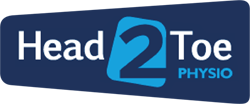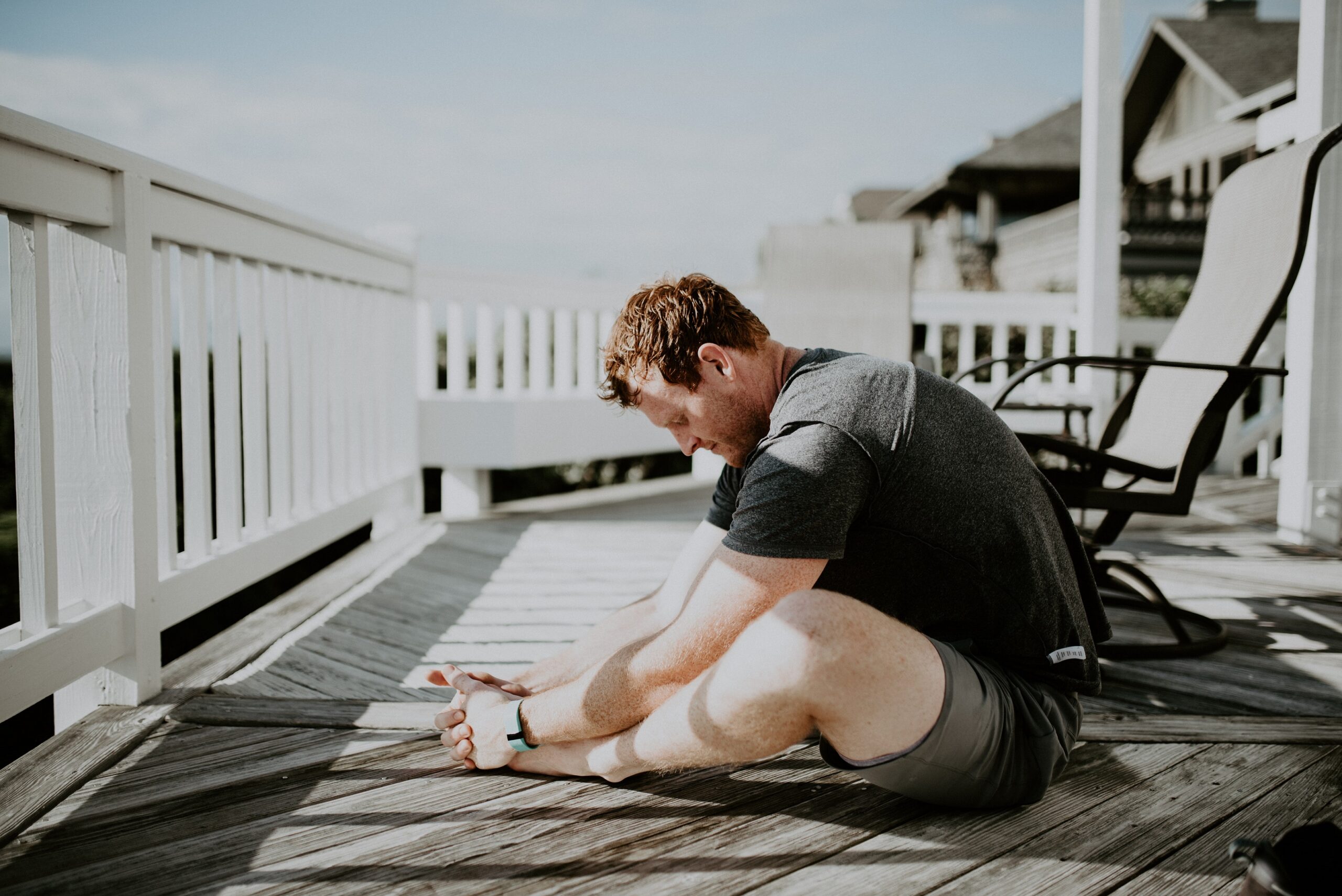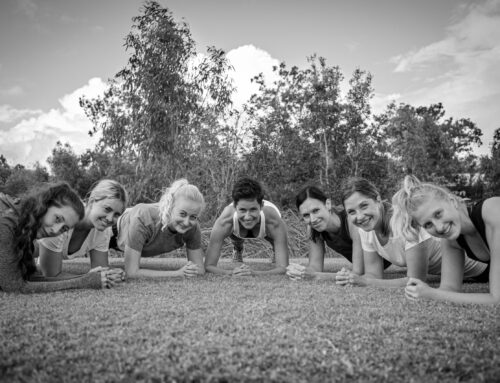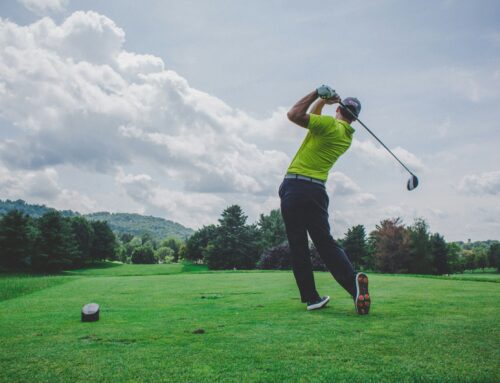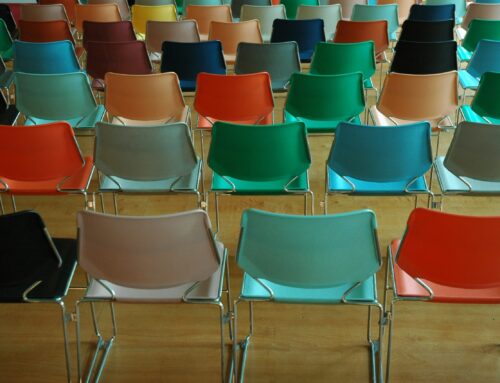Lateral Hip Pain
Are you one of those patients unlucky enough to be suffering with lateral hip pain (discussed in my last blog post here)?
Hopefully you’ve been able to get yourself assessed and find out which structures are involved and what’s causing the discomfort.
Your Physio will have discussed the history of the problem and planned a thorough physical examination. They will have looked at and tested your spine, pelvis, hips and legs. Relevant factors will be checked. This might include balance, posture, joint, nerve and muscle testing. It may also include foot biomechanics, footwear, gait (the way you walk or run) and lots more.
They will have considered and ruled out any other pathologies that might be relevant. Then they will have discussed the likely diagnosis and prognosis (how long it will take to get better).
At that point it’s time to talk about how to help. Firstly, it’s amazing just how helpful getting a clear picture of just what’s wrong and what isn’t wrong is! The relief on people’s face when you tell them it’s not what they’d feared. Once that’s been established it’s down to what we can do to help or advise you and what you can do to help yourself.
Lateral Hip Pain – Sensible Load Management
Sensible Load management is essential and in addition to general advice, also includes specific postural and technique based advice. General load management advice relates to managing your exercise levels more sensibly. One of the most common causes of lateral hip pain in our clinics, is a sudden increase in walking or running levels.
You were only allowed to exercise with one person during lockdown. In pre-Covid times, many of my patients would normally walk 2 to 3 times a week in a large group. To make up for the lack of contact with group members, yet comply with the rules, people started to walk daily with a different person each day.
Seems sensible but what it actually meant was a doubling of step count or mileage!
A manageable walk twice a week may become too much for the tissues around your hip if increased to 5 times a week. Of course the solution might be as simple as increasing by one walk a week or fortnight instead.
In my last post I discussed lateral hip pain (discussed in my last article here), caused by Gluteal tendinopathy.
It seems that a combination of repetitive, increased compression and tensile load together might cause the issue. At the hip joint, the gluteus medius and minimus tendons generate high tensile loads on walking and running. They also wrap around the hip bone (greater trochanter) which increases the compressive load.
Compression is increased still further by the Iliotibial Band (ITB), which overlies the Gluteal tendons insertion point. Certain postures or positions also increase compression.
One thing you can do to really help yourself, is use better load management. Sounds complicated, but what it really means is to change some of those common postures and activities that might be increasing compression at your lateral hip.
What Increases Compression?
One hip movement we know really increases compressive forces at the lateral hip, is adduction of the hip across your body. Some common postures and activities that increase compressive forces are:
- Sitting with your knees crossed.
- Standing in ‘hip hanging’.
- Walking with increased hip adduction.
- Lying on the affected side.
- Excessive stretching exercises of your hip and iliotibial band (ITB).
http://https://youtu.be/OgubOtb5yLU
Hip Weakness
Patients with lateral hip pain often have weakness in there hip abductors. It seems to affect the way people move in simple every day movements and tasks. Given there is often a weakness, it certainly seems to make sense that patients should begin to strengthen those weaker muscle groups as pain allows.
One excellent way of building strength is to use functional exercises like squats, single leg squats, sit to stand, step ups and step downs. Functional exercises strengthen but can also make things worse. Patients are often confused by why internet exercises they’ve been told will help, actually make things more painful. It’s often not the exercise that’s the problem, it’s the way that exercise is being done.
Our Head2Toe Physiotherapists are very good at Kinematic training of functional exercises (showing you how to do things well). They will be able to help you design a strengthening program which progresses at just the right rate. It will allow you to strengthen your hips, without flaring things up badly along the way.
Is How You Walk Affecting Your Hip Pain?
Hip abduction weakness can affect how people carry out functional activities like sitting down or going up stairs. It can also affect how people walk. Patients with gluteal tendinopathy, often walk with higher hip adduction angles.
These increased angles increase compressive forces at the lateral hip. If you do between 5-10k steps a day, that’s a lot of added stress to your hip tendons. Improving your gait a little, may well be able to reduce those forces. If you reduce those forces, you may well reduce your hip pain. Some common problems we see are listing or waddling gaits, narrow stride widths, long stride lengths to name just a few.
Your physio will work with you to identify or spot the issues that you may need to work on or improve. Don’t worry, we won’t be giving you difficult instructions. Things often feel very different if you “walk a little more quietly” or “try to walk a little taller”.
My last blog article explained why you might be getting lateral hip pain (pain on the outside of your hip). This follow up shows you things that could be making things worse and what you can try to do about it. If you’re looking for a clear diagnosis or help and advice on how best to manage your hip pain, don’t hesitate to get in touch and see if we can help.
All our Physiotherapists are highly qualified, experienced, with a variety of post graduate specialisations. If you or anyone you know would like to have a physiotherapy assessment with the team at Dorking , Leatherhead or Crawley , contact us here.
Blog post written by Sam Bowden, Head2Toe Physiotherapist and Director at Head2Toe Dorking, Leatherhead, & Crawley Clinics.

